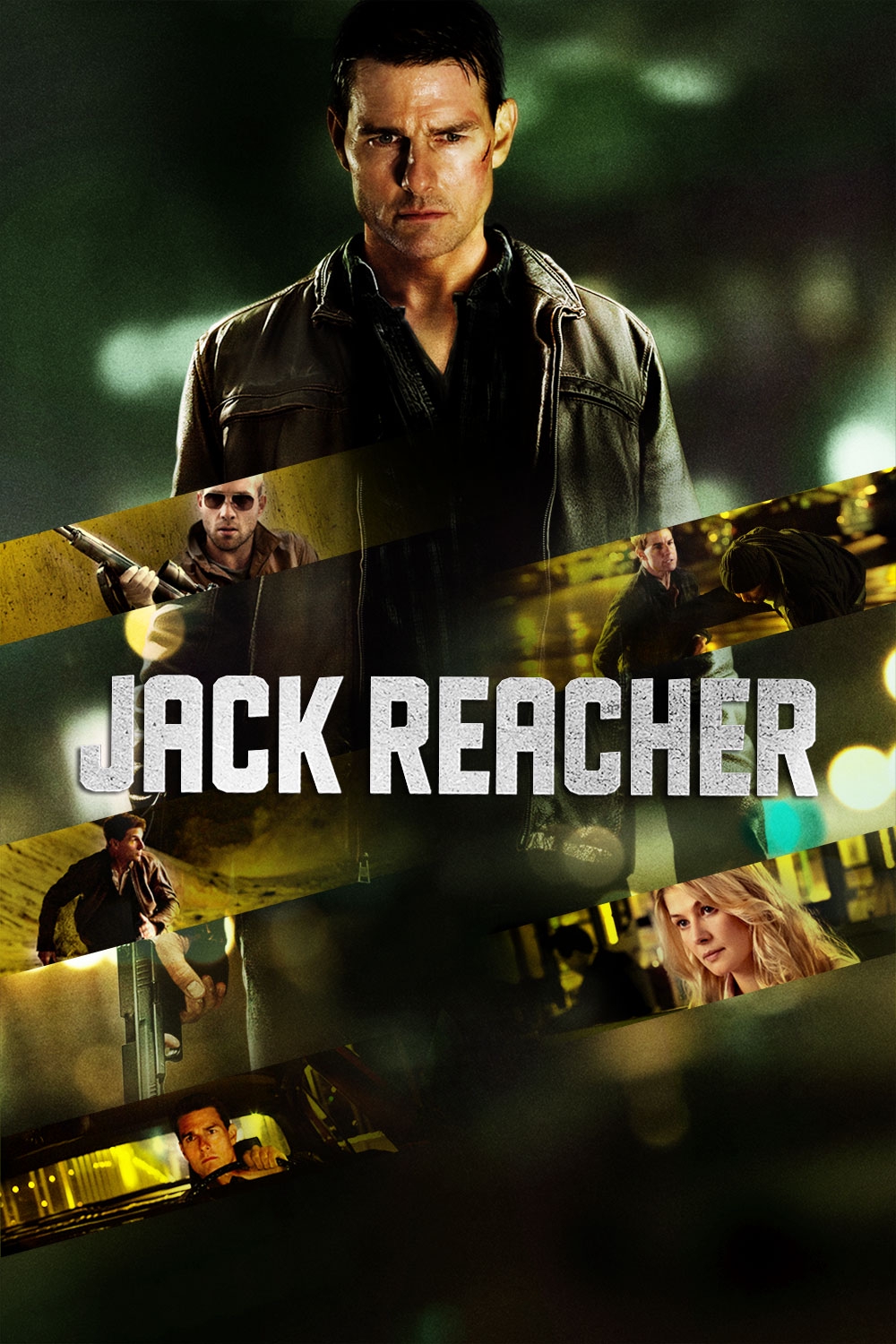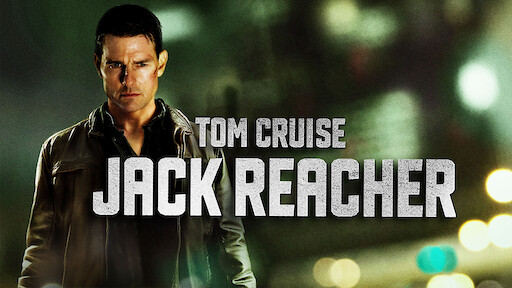


That morning he was heading west, walking under the merciless desert sun-until he comes upon a curious scene. Reacher goes where he wants, when he wants. Other Considerations (diverse characters legal questions criticism)Īlso included is a collection of essays from MWA published authors-including Jeffery Deaver, Tess Gerritsen, and Charlaine Harris-selected by bestselling authors Lee Child and Laurie King and arranged thematically answering, “What piece of writing advice do you wish you’d had at the beginning of your career?”ĭigging graves had not been part of my plans when I woke up that morning. Other than Novels (short stories true crime etc.) After Writing (agents editors self-pub etc.) While Writing (outlining the plot dialogue mood etc.) Before Writing (rules genres setting character research etc.) Now, this handbook helps authors navigate the ever-shifting publishing landscape-from pacing, plotting, the business side of publishing, to the current demand for diversity and inclusivity across all genres, and more.įeaturing essays by a new generation of bestselling experts on various elements of the craft and shorter pieces of crowd-sourced wisdom from the MWA membership as a whole, the topics covered can be categorized as follows: Mystery Writers of America (MWA) is known for providing unparalleled resources on the craft, art, and business of storytelling, helping writers of all levels improve their skills for nearly a century.

Then a divorced alcoholic whose teenage daughter hates him. “But then the next guy is a divorced alcoholic. “The detective was an alcoholic, which was great the first time out, a real issue, real characterization,” Child said of some contemporary noir stories. (The writer has long said that he set his books in the United States to give Reacher more room to roam.)Ĭreating him was partly a reaction against the troubled anti-heros that had become so fashionable that a kind of one-upmanship was setting in. Child usually compares Reacher to the knights-errant who wandered Europe in the Middle Ages, or the samurais of ancient Japan. He would just do what was necessary.”Įven if you are new to the Reacherverse, you might have figured out by now that he is on the side of good. “He’s always the biggest guy in the room and he knows it, so when he got into an altercation, he wouldn’t go overboard to take out an opponent. “He wouldn’t go out and seek a fight,” the supervising stunt coordinator, Buster Reeves, said in a video chat. The outcome is as predictable as Reacher’s coffee order, but still, it had to be clear that he does not relish violence for violence’s sake. One thing about Reacher that does not need explaining to the book’s fans - or to newcomers, after about half the pilot - is that he is a fighting machine who always ends up in a brawl or three.

“We’ve got to keep them happy, which I think we totally have done, and at the same time make a show that anybody can just drop in and love.” “This is not necessarily about the book readers - we already got them,” he added. “It was a very faithful adaptation, in my opinion, compared to a lot of other stuff that you see,” Child said, “but it’s absolutely inevitable that you need to bring in other things to explain the character.” After all, word-for-word adherence to the source material may not, in itself, translate automatically to good television, especially since there is a huge potential audience out there that has not read a single line about Reacher. Child did not mind (and approved the changes).


 0 kommentar(er)
0 kommentar(er)
